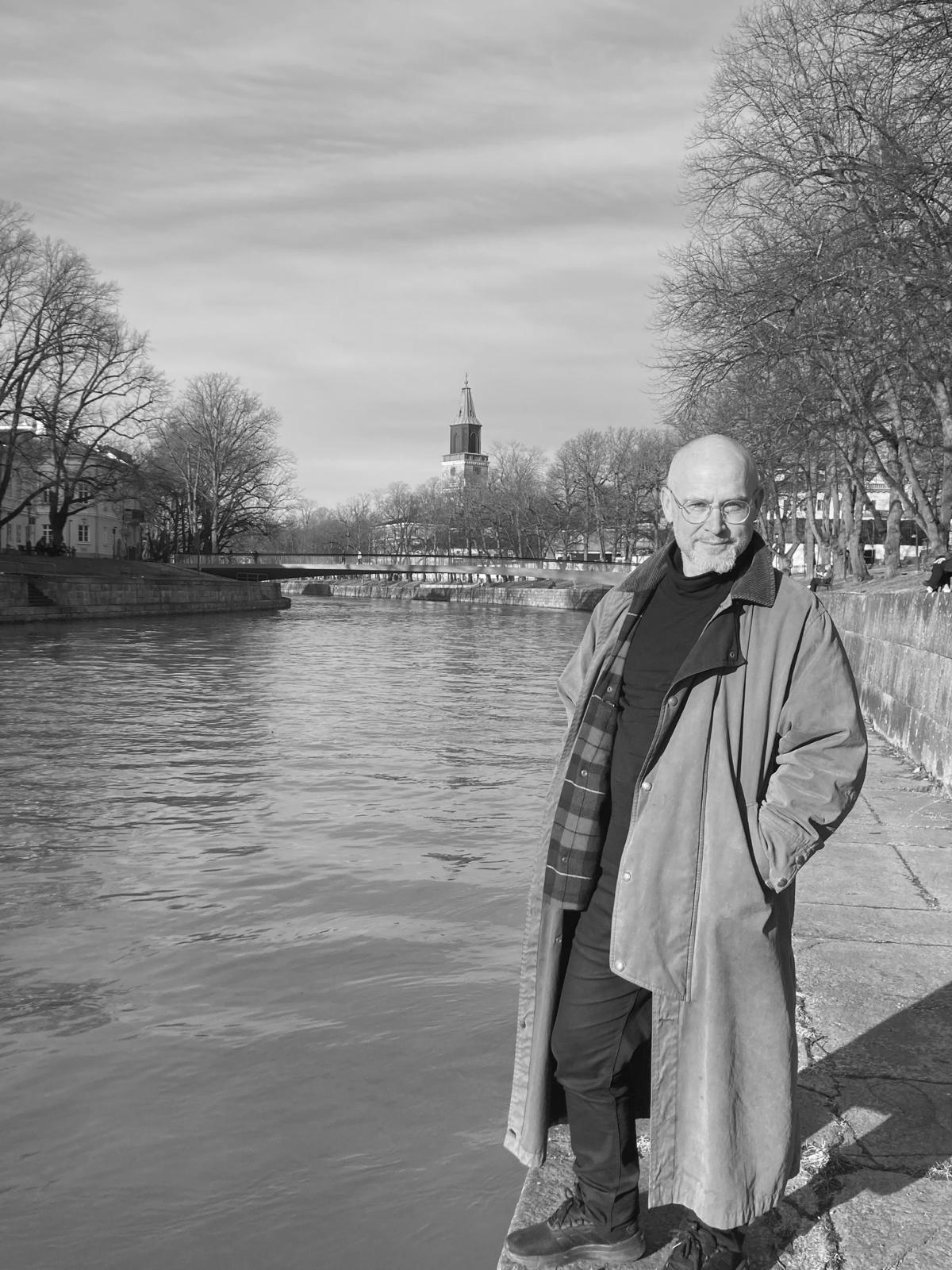FAPS – Fórum de Atualização em Pesquisas Semióticas
Sexta-feira / Friday, May 24, 2024, 2:00 pm (Brasília time) = 8:00 pm (Turku time) via Google Meet
International FAPS
The close and problematic relationship between Visual Semiotics and Art History
by Fred Andersson (Åbo Akademi, Finland)
When semiotics was established as a viable and coherent methodology for art historians in the culturally dominant anglophone sphere, it was through the efforts of the likes of Mieke Bal, Norman Bryson, and Rosalind Krauss. They preferred structural or conventionalist explanatory models and rejected what they saw as a “perceptualist” bias in earlier, more archive-based or "empirical" art history writing. Drawing some of their inspiration from key texts of German Kunstwissenschaft and Russian formalism that had become increasingly available in English translation, they tended, however, to neglect or downplay the importance of scholars who had made significant contributions to the semiotics of visual art from an empiricist or pragmatist position – for example Meyer Schapiro (1904–1996). Representatives of this "new art history" generation of anglophone art historians have also remained remarkably silent concerning the parallel development of visual semiotics in francophone and other non-anglophone circles.
In my talk for the GES seminar in São Paulo, I would like to demonstrate how the identification of a secondary or semi-symbolic visual system termed “plastic language” (langage plastique) in the (sometimes conflicting) work of the francohone Greimas school and the Groupe µ can be productively connected to Meyer Schapiro’s earlier analyses of Medieval ecclesiastical art and pictorial conventions. My objective is also to provide some qualification for what I regard to be my main thesis: that many proposed models for understanding visual semiotics still suffer from an aprioristic and cultural bias that should be resolved by means of interdisciplinary dialogue, and that a promising prospect for visual semiotics lies in bringing it into closer correspondence with what Hans Belting has termed “an anthropology of images”.
References
Andersson, F. (2023). Sensory Qualities as Signs? Meyer Schapiro as a Pioneer of the Semiotics of ‘Visual Form’. Semiotika, 18, 199-235. Disponível em https://doi.org/10.15388/Semiotika.2023.7
Fontanille, J. (2023). Archéologie et anthropologie de la dimension plastique des sémiotiques visuelles. En hommage à Jean-Marie Floch. Estudos Semióticos, 19 (2), 87-120. Disponível em https://doi.org/10.11606/issn.1980-4016.esse.2023.207670
 Fred Andersson is Associate Professor of Art History and Visual Studies at the Swedish-speaking university Åbo Akademi in the Medieval city of Turku (or Åbo), Finland (see picture). Descending from a family of small-scale farmers at the West coast in Sweden – where he still runs the family farm – he attended university in the Swedish cities of Karlstad and Lund, receiving a doctoral degree in art history at Lund University in 2008. The same year, he was invited to organise an interdisciplinary undergraduate program in Visual Studies at Åbo Akademi. Still running the same program, he now holds a permanent position as a senior lecturer of Visual Studies, with the title of Head of department. Andersson has published widely in Swedish and English since the early 1990s, both as an art critic and museum curator in Sweden and as an academic scholar in Finland. Translations of his articles have appeared in Japanese and Portuguese. He is a member of the editorial board of the Nordic Review of Iconography and the committee for relaunching the AISV journal, Visio. His doctoral thesis in 2008, supervised by Göran Sonesson and the art historian Jan-Gunnar Sjölin, was an attempt at combining art history with semiotic methodology in the analysis of an individual artistic oeuvre in Sweden. His more recent research/writing projects concern ideological functions of art criticism, social and cultural semiotics as applied to political art, and aesthetic modernism as intermediality. The online magazine Nueva Sociedad published, in May 2023, an interview with him about the iconographic tradition of left-wing movements in the international arena.
Fred Andersson is Associate Professor of Art History and Visual Studies at the Swedish-speaking university Åbo Akademi in the Medieval city of Turku (or Åbo), Finland (see picture). Descending from a family of small-scale farmers at the West coast in Sweden – where he still runs the family farm – he attended university in the Swedish cities of Karlstad and Lund, receiving a doctoral degree in art history at Lund University in 2008. The same year, he was invited to organise an interdisciplinary undergraduate program in Visual Studies at Åbo Akademi. Still running the same program, he now holds a permanent position as a senior lecturer of Visual Studies, with the title of Head of department. Andersson has published widely in Swedish and English since the early 1990s, both as an art critic and museum curator in Sweden and as an academic scholar in Finland. Translations of his articles have appeared in Japanese and Portuguese. He is a member of the editorial board of the Nordic Review of Iconography and the committee for relaunching the AISV journal, Visio. His doctoral thesis in 2008, supervised by Göran Sonesson and the art historian Jan-Gunnar Sjölin, was an attempt at combining art history with semiotic methodology in the analysis of an individual artistic oeuvre in Sweden. His more recent research/writing projects concern ideological functions of art criticism, social and cultural semiotics as applied to political art, and aesthetic modernism as intermediality. The online magazine Nueva Sociedad published, in May 2023, an interview with him about the iconographic tradition of left-wing movements in the international arena.
Sexta-feira / Friday, May 24, 2024
From 2:00 to 4:00 pm - Brasília time / 8:00 to 10:00 pm - Turku time
Remote meeting via Google Meet. Click here to apply and get the link.
The meeting is open to all interested parties. The lecturer will speak in English.


